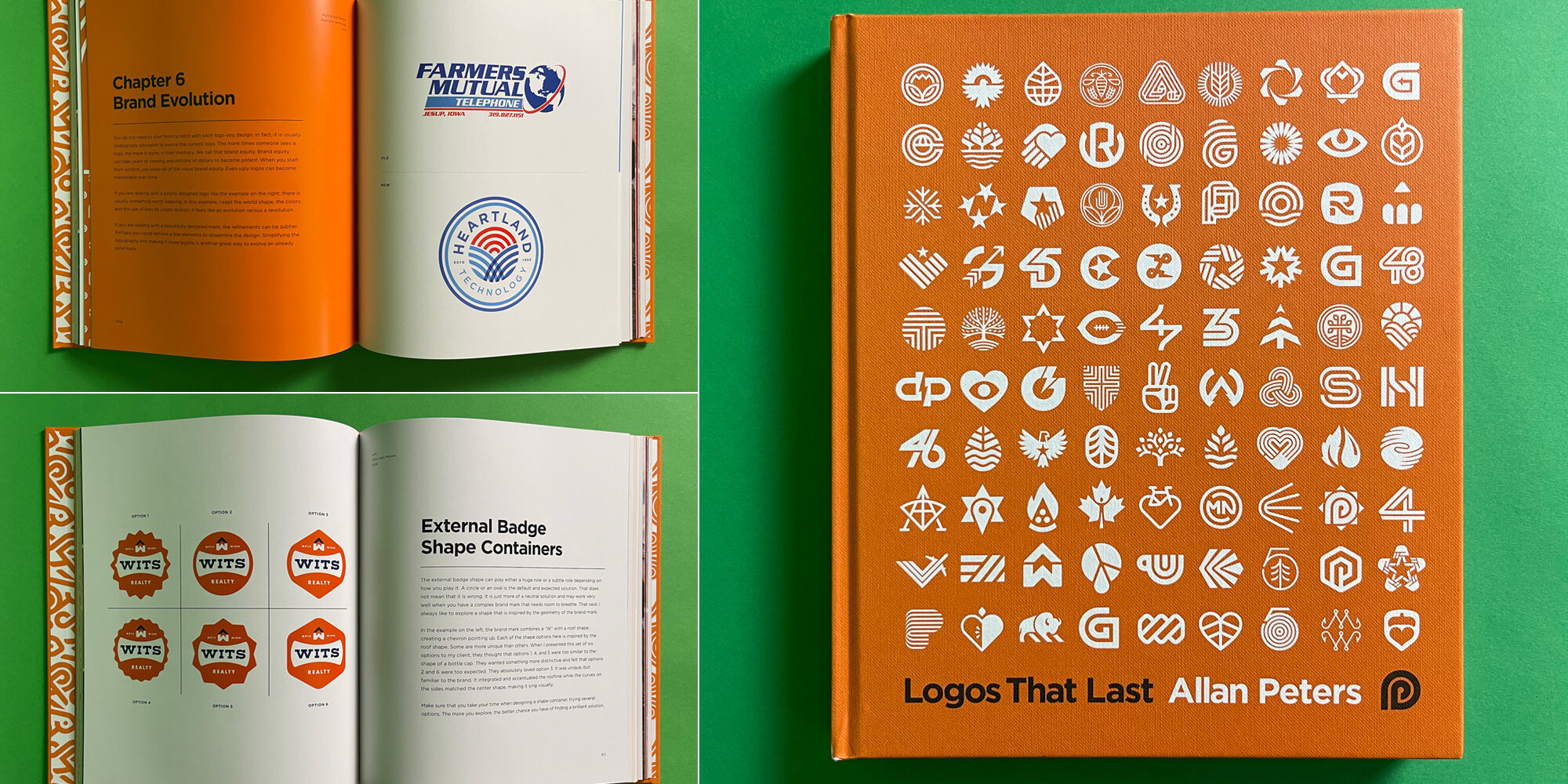As the Creative Director at Flourish, I always enjoy seeing a logo design or redesign as the next project coming down the pipeline. Whether it’s in the defense, aerospace, or nonprofit sectors, we’re fortunate enough to have a ton of variety, which keeps things very exciting! I like to spark ideas for a project by performing a simple Google or Behance search or swiping through Logopond for inspiration. You never know what you’ll find, which always leads me to something unique.
I’ve discovered a few favorite graphic designers over the years, but recently, I came across the work of Allan Peters, a very successful artist who’s worked with brands such as Nike, Amazon, and Patagonia. I LOVE his work! It was so simple, geometric, and logical. The way he can fit multiple shapes into one design… GENIUS!! I wanted to know his process for how he fits these shapes together. Shortly after following him on social media, he announced a book, “Logos that Last: How to Create Iconic Visual Branding,” that he advertises explicitly as a complete breakdown of his logo design process.
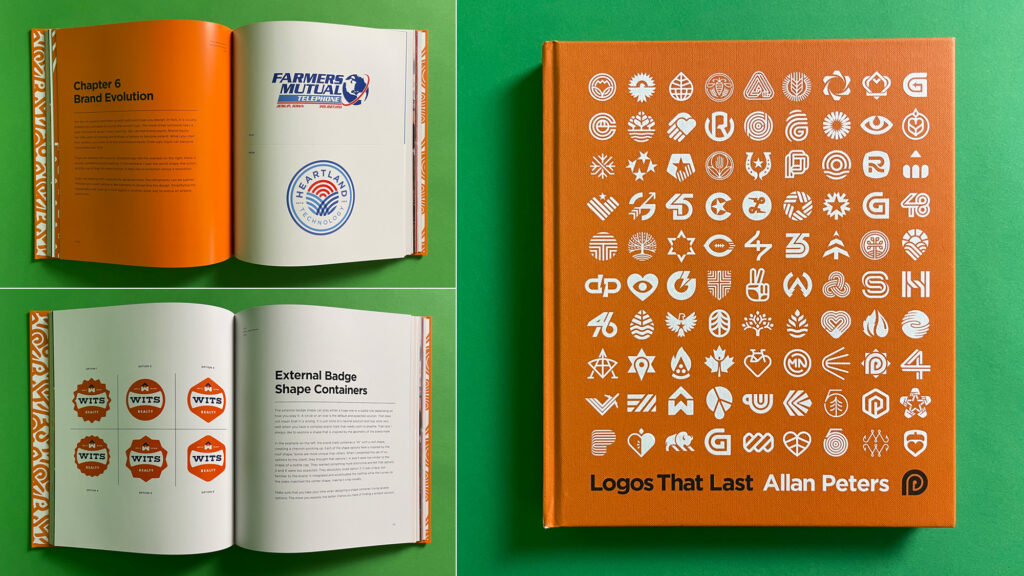
Of course, I had to have this book. Having already purchased the books from my two other favorite designers (Aaron Draplin and James Martin), I was eager to explore this one next. I’ve been looking for ways to improve my design process, and any word from these successful designers was sure to help. I hit that pre-order button so fast!
It finally arrived on my doorstep in November. I dove right in; it is such a smooth and easy read, masterfully broken down into step-by-step instructions on creating a logo. The process is laid out so simply that you could think anyone could use this blueprint to create their logo, with no graphic design experience necessary (apart from knowing the programs… a technicality.) However, he stresses one driving point that makes all the difference: PASSION.
Peters understands that you can follow all the rules and know all the colors, geometric shapes, etc, but without passion, you won’t have those long all-nighters well-known to designers to get that logo just right. Passion drove him to learn everything he could about graphic design, read every book he could get his hand on, and work long hours perfecting his skills and building his portfolio. Passion led him to go above and beyond in his work for various design agencies, eventually becoming an art director and finally an Associate Creative Director for Target before starting his design company with his wife, Peters Design Company. He’s poured his heart yet again into this endeavor, working on projects he believes in, creating design identities for iconic brands, and energizing movements he believes in and is doing so in various cities, including our neighbor city, Hartselle, AL.
He begins the exploration of his process by letting you in on what you can and cannot control in your design projects. While you can control specifics about the technicality and originality of the design and your passion and drive to create, there are three things you cannot control: the budget, timeline, and product. He acknowledges, however, that as a beginner, you may have fewer options to decline projects compared to when you’ve reached a level of success and can be more selective about clients or projects.
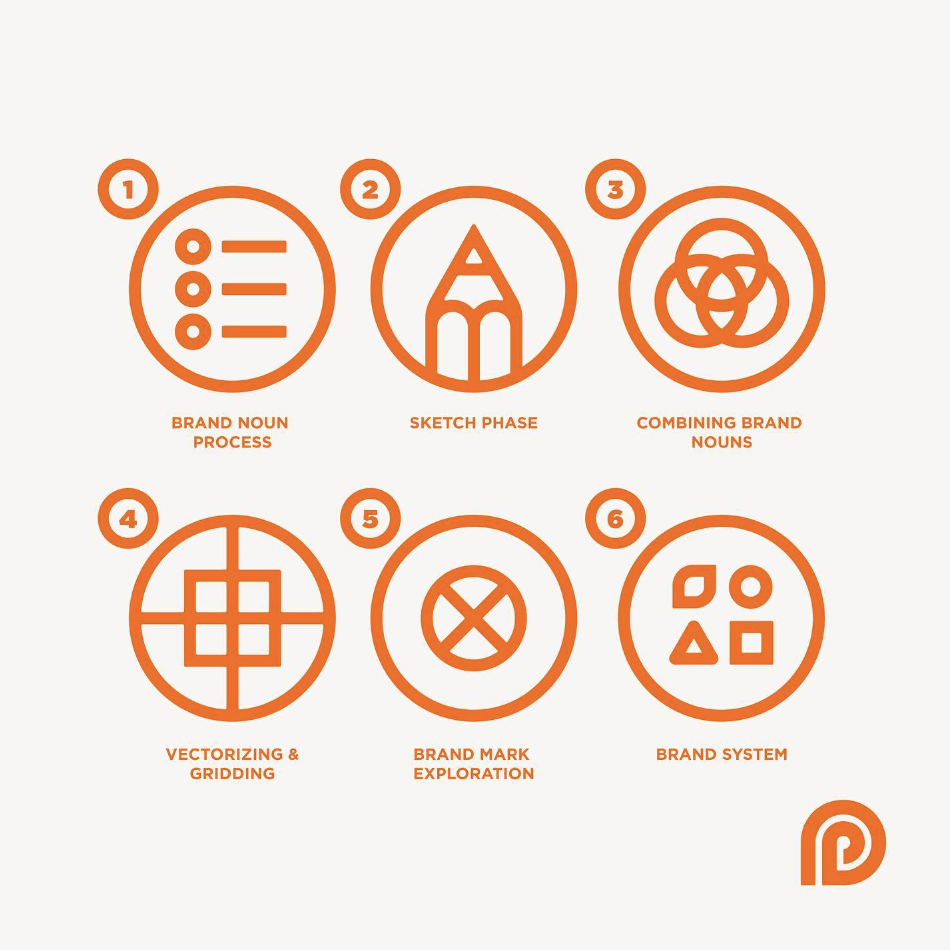
Creating a logo can be a challenging endeavor. Peters dives into the breakdown of his process, and this explanation helps simplify the job by breaking it up into smaller efforts. Opportunities for creativity are provided at each stage to give development to the end product. Incorporating the client’s early participation ensures communication from the start and helps the flow from sketching ideas to the final branding presentation. You’ll have to read the book to find the entire process, but I’ve incorporated many elements of his process into my work and have found it to produce great results!
Peters explores case studies of his previous work to exhibit the practicality of applying his process. He proves that it works by pointing out specific stages of his process that contributed to the success of his work for his clients. He creates solutions in rebrands, finds the real problems hidden in feedback, and uses creative geometry to bring together multiple shapes, giving significant meaning to the marks he creates.


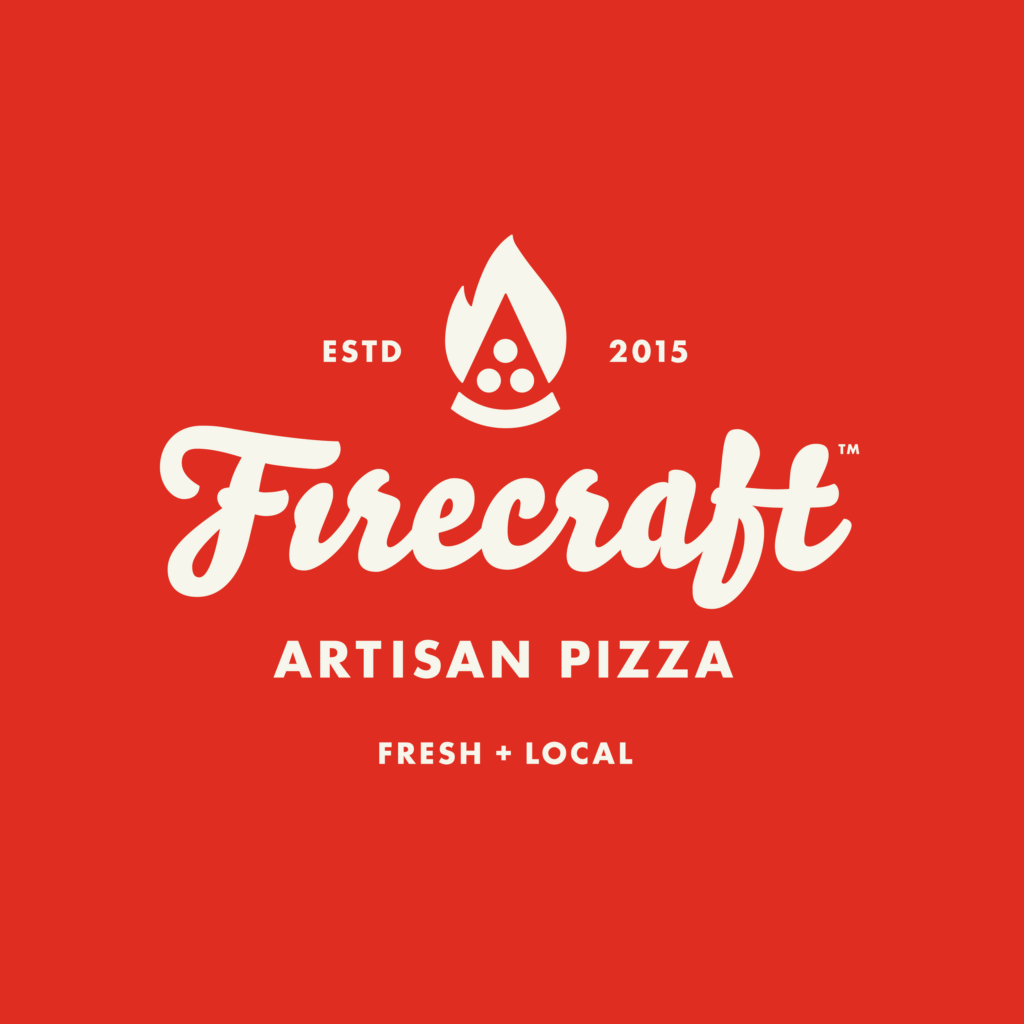

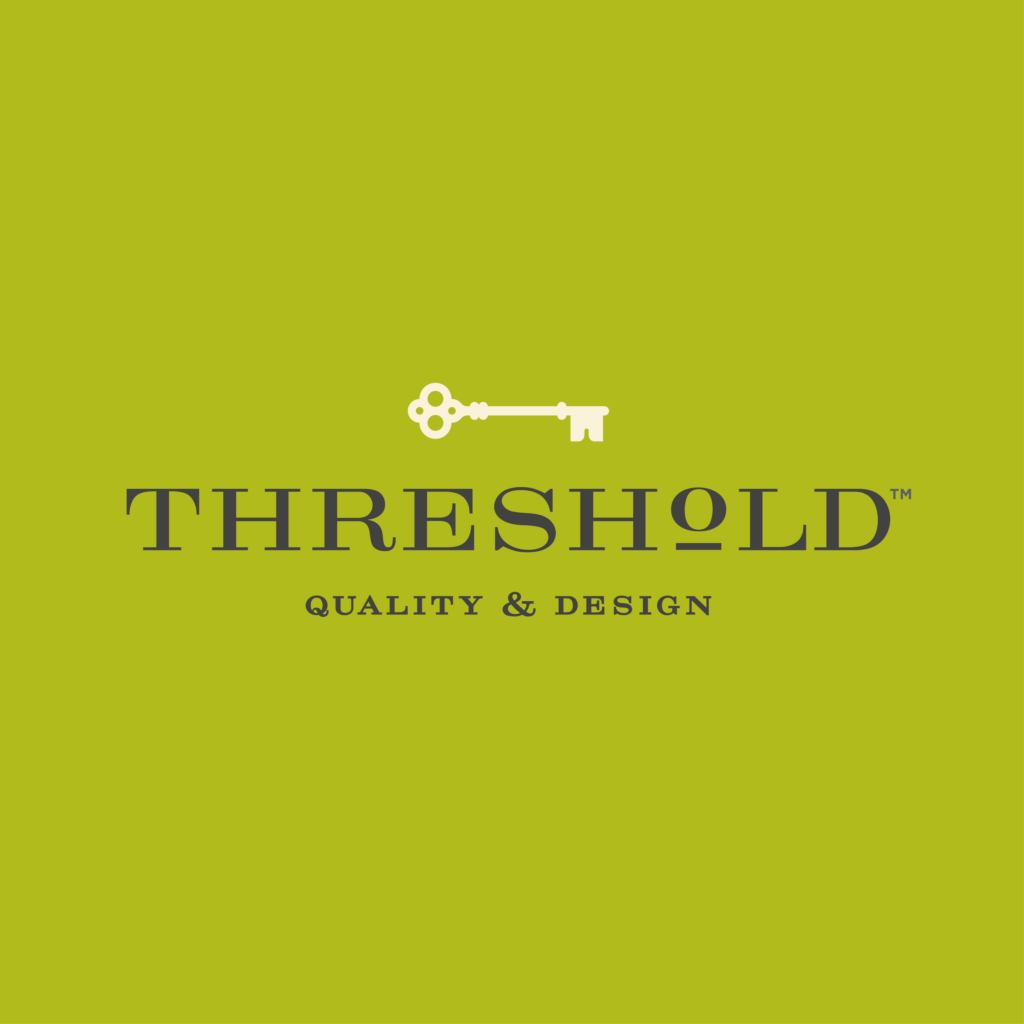
I won’t reveal the entire process, but I recommend this book to anyone, whether you’re an experienced designer, someone looking to get into logo creation, one interested in modern design, or one wondering why a designer has recommended rebrand. This book was recently named the Best Selling Logo Design Book on Amazon and gives insight into finding the positives or negatives in a design and how to turn a less-than-ideal mark into something special!
Peters teaches us to be fearless when making design decisions by providing insights into his process. Don’t let fear of the client or boss rule over your knowledge of the art of design. You, the designer, know the principles of good design; let your instincts guide you to speak your mind and be a bold leader. Your passion allows you to bring clarity and direction to a project based on your skills and experience, which is why you’ve been hired and trusted to get the job done.

